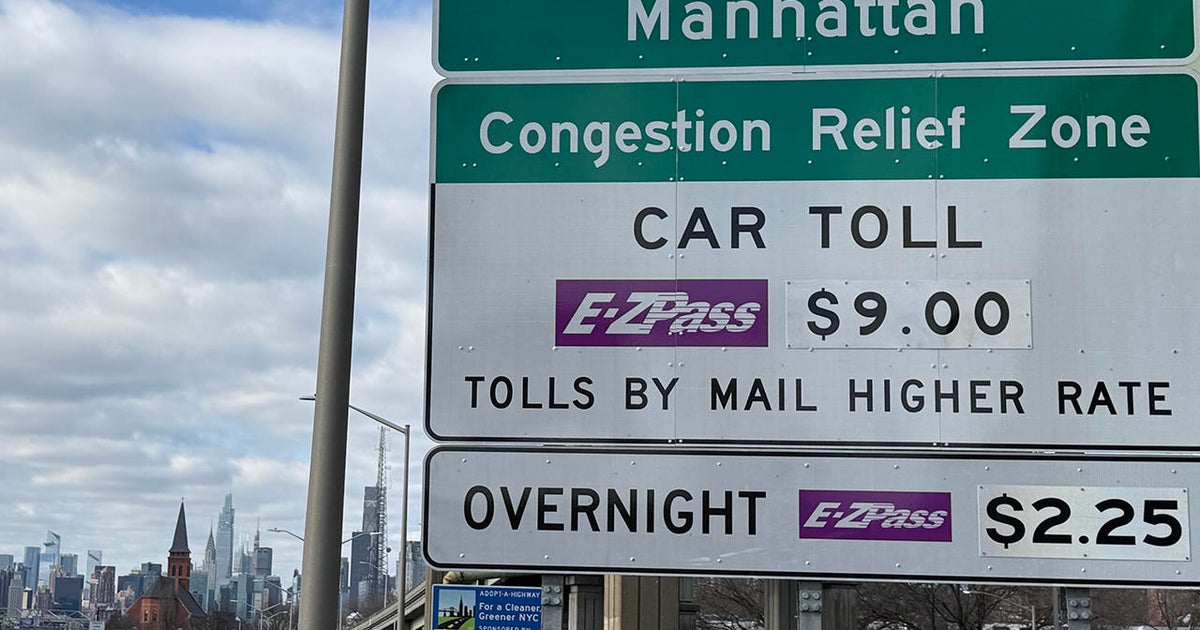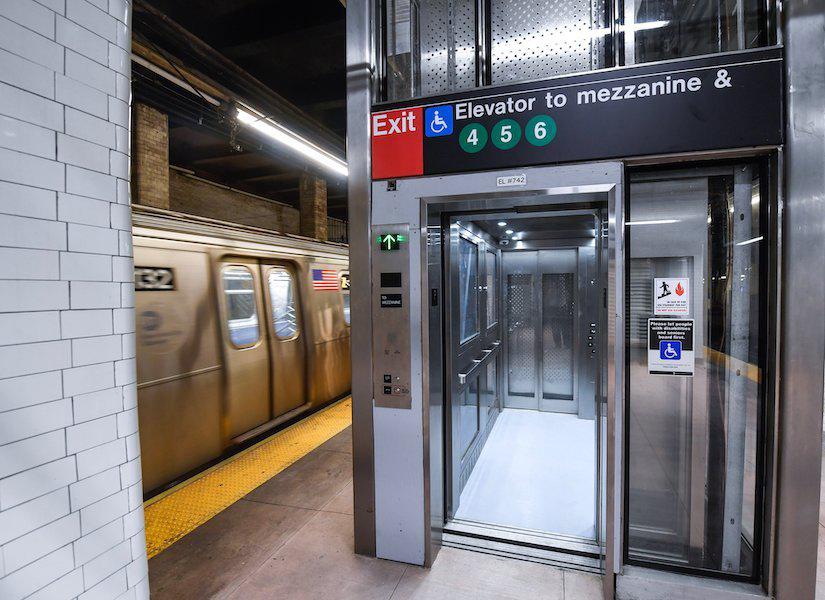Is the future of urban mobility finally here, or is it just another toll on the road to progress? Congestion pricing in New York City has arrived, promising a shift in how we navigate the city, but the road to this point has been paved with decades of debate and legal battles.
The concept, first proposed in 1952 by Columbia University economist William Vickrey, became a reality on January 5, 2025, with New York City becoming the first municipality in the U.S. to implement congestion pricing. The program, which charges most drivers $9 to enter Manhattan south of 60th Street, aims to reduce traffic, improve air quality, and enhance public transit. Toll readers, as seen on Park Avenue, are now a permanent fixture of the cityscape, a visual representation of the changing landscape of urban mobility. This initiative, however, has been met with both support and resistance, triggering legal challenges and political maneuvering along the way.
This table provides a snapshot of the core elements of the congestion pricing program:
- Survivor 48 Cast Challenges Premiere What You Need To Know
- Live Scores News Small Business Help Find It All Here
| Aspect | Details |
|---|---|
| Purpose | Reduce traffic congestion, improve air quality, fund public transit improvements, and generate revenue. |
| Location | Manhattan, south of 60th Street. |
| Toll Amount (Most Vehicles) | $9 |
| Start Date | January 5, 2025 |
| Exemptions | Emergency vehicles, specialized city vehicles, buses with regular public routes or city school contracts. |
| Discount Information | Details on discounts are available through the MTA |
| Impact | Aimed at reducing traffic and emissions, while raising funds for transit. |
| Legal and Political Context | Program has faced numerous lawsuits and strong political debate. |
The implementation of congestion pricing in New York City is a complex undertaking, with a history marked by delays, debates, and controversies. The plan has been a long time in the making, taking years of planning and legal battles to come to fruition. The aim is to reduce the number of vehicles entering the busiest parts of the city, thereby reducing congestion and improving air quality. The program is expected to generate substantial revenue, which will be channeled into much-needed improvements to the city's public transportation infrastructure. This includes upgrades to subway lines, bus routes, and other critical components of the public transit system.
The program's specifics are a source of intense interest. Vehicles entering the designated zone are subject to a toll, with the amount varying depending on the time of day, the type of vehicle, and potentially other factors. The exact toll structure and how it will evolve over time has been a topic of much discussion. While most drivers are required to pay the standard toll, there are exemptions in place for certain types of vehicles, such as emergency vehicles, specialized city vehicles, and buses operating on public routes. Furthermore, the program includes discounts for specific groups or circumstances. Details on how to apply for these discounts and how the toll structure works can be found on the official MTA website.
The political landscape surrounding congestion pricing has been, and remains, dynamic. From the outset, the plan has been a subject of political debate, with various stakeholders offering different perspectives. Former Governor Andrew Cuomo, who at one point championed the idea, is now distanced from the project. Current Governor Kathy Hochul, however, has been a staunch supporter, vowing to keep the tolling cameras in place. There have been challenges from the former U.S. President Donald Trump who declared on social media his intention to "kill the congestion pricing program," however the implementation proceeded regardless. These conflicting viewpoints reflect the wide range of opinions and interests tied to the project.
The programs goals extend beyond simply reducing traffic. By encouraging drivers to use public transit or alter their travel times, the city hopes to improve air quality, reduce pollution, and make streets safer. In addition, the revenue generated from tolls is allocated to modernizing and expanding the city's public transportation network. This investment in public transit aims to make it a more attractive and efficient option for commuters, further reducing the reliance on private vehicles. A well-funded, well-maintained public transit system is seen as a cornerstone of a sustainable and equitable city.
The launch of congestion pricing has, predictably, been met with a mix of reactions. The success of the project hinges on many factors, including the willingness of drivers to change their habits, the effectiveness of the technology used to collect tolls, and the city's ability to invest the generated revenue wisely. A recent analysis found that travel times across the New York City region had slowed overall at peak rush hours during the first two weeks of congestion pricing compared to a similar period, this suggests that the plan is creating some disruption.
The implementation of congestion pricing hasn't been without its hurdles. Several lawsuits were filed in an attempt to halt the program. The federal government's involvement, through funding and oversight, adds another layer of complexity. The program's success hinges on $14 billion in federal funding. The public's opinion, too, plays a crucial role. A Siena College poll from December indicated a smaller number of New Yorkers support the tolls. The ongoing debate showcases the nuanced issues involved in the project, and the ongoing adjustments and monitoring are crucial to navigating these challenges effectively.
The programs impact extends beyond immediate traffic and transit changes. It impacts businesses within the congestion zone and the way they conduct operations. Some businesses may incur higher costs due to deliveries or employee commutes, while others might see changes in customer traffic. The long-term effects on the local economy, including property values, retail sales, and job growth, are still to be determined. It is vital to study these changes to fully understand the program's broad consequences.
The project involves complex financial arrangements. The revenue collected will be used to fund infrastructure projects, improving the quality of public transit and improving accessibility for the commuters and residents of the city. These financial elements are a critical component of the program's success. The funding ensures that the funds are used responsibly, and are allocated according to the citys vision.
The experience of other cities that have implemented congestion pricing, such as London, offers valuable insights. Those cities have helped in shaping New York's approach. The strategies, the successes, and the lessons learned provide a framework for assessing the effectiveness of the plan. This comparative analysis helps the city to adapt the program and to optimize outcomes.
The success of New York City's congestion pricing will depend on a number of factors. The system's fairness, its technical functionality, the extent to which it reduces congestion, and its impact on both the environment and economy are of key importance. The city and the MTA are closely monitoring these variables, and as the program unfolds, they will make any necessary adjustments. The early stages of the project are a crucial period of assessment and development.
The introduction of congestion pricing marks a significant step in the history of New York City's urban planning. The plan is a bold attempt to manage traffic, boost public transit, and contribute to the overall sustainability of the city. While this is a project with challenges, the potential benefits are far-reaching. The next few years will tell how successful the program will be in New York City.



Detail Author:
- Name : Flavie Emmerich
- Username : ervin.schroeder
- Email : rory73@gmail.com
- Birthdate : 1976-10-16
- Address : 1570 Orie Ports Suite 545 North Winifred, MD 72046-7841
- Phone : +16018988302
- Company : Mayer, Sauer and Satterfield
- Job : Short Order Cook
- Bio : Delectus illum ut at aperiam pariatur. Dolor modi sit cupiditate blanditiis et quos. Sit soluta id eum vel debitis officia provident.
Socials
twitter:
- url : https://twitter.com/boyerr
- username : boyerr
- bio : Perferendis blanditiis est sed sed maiores. Hic consequuntur non quia iure. Nulla accusamus dolor voluptas placeat eos earum minima.
- followers : 1599
- following : 2312
facebook:
- url : https://facebook.com/ralph5417
- username : ralph5417
- bio : Qui eum saepe numquam asperiores expedita omnis.
- followers : 6498
- following : 312